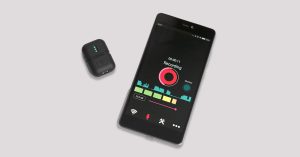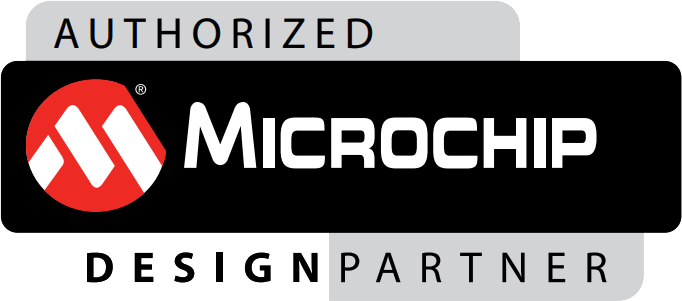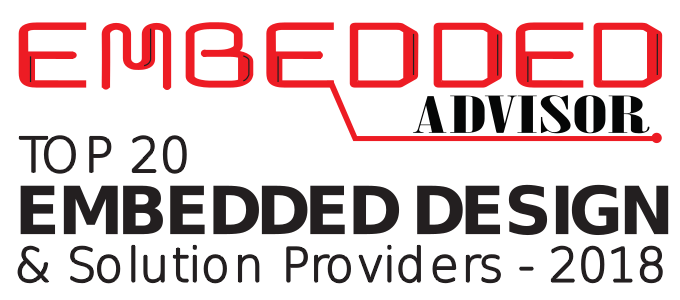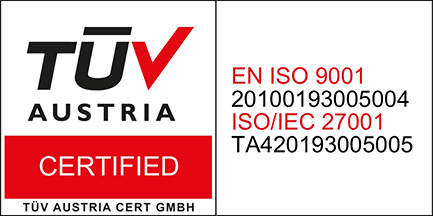
From Idea to Final Product: How We Developed an Innovative Smart Microphone
The smart microphone is an innovative solution that enables video producers to capture high-quality audio in any condition. Developed by our team for a US-based audio startup, this device significantly simplifies the workflow for those involved in on-location video production, allowing them to record sound from distant and moving objects without compromising quality. Whether it is film crews, journalists, sports commentators, or video production enthusiasts, this microphone is essential for enhancing their work.

What’s the idea behind it?
The idea was to create a microphone capable of capturing sound from distant and moving objects, addressing a key issue frequently encountered by video content producers – poor sound quality. Up until then, such a solution did not exist in the market, but there was a clear demand for it. The client had a vision but lacked an internal team and resources to bring the idea to realization. Our team took on this challenge and developed a device that met all market requirements.
Project Workflow: From Idea to Final Product
Our team at ARS devised detailed requirements, conceptualized, and designed the device’s architecture. The initial prototype was swiftly developed and presented to potential users for feedback. Following positive reactions, we proceeded with further development and product industrialization.
Hardware and Firmware Challenges
The greatest challenge in developing this device was the requirement for it to be very compact, with long-lasting battery life, support for audio streaming, a powerful processor for live signal processing, ample memory for storing uncompressed sound, and ensuring studio-quality audio. Additionally, the client had specific requirements, including:
- High-speed USB for fast data transfer
- Bluetooth Classic and Bluetooth Low Energy
- Time synchronization
- Audio DSP
On the firmware side, integration with HFP, GoPro, Insta360, Atomos, and external time code systems, as well as real-time streaming with minimal latency, was required. By utilizing the Audio Codec, performing real-time data processing in the controller, and implementing 32-bit floating-point mode, we met all client requirements.
An extensive testing plan was also implemented, including:
- Code static analysis and unit tests
- Sound quality and synchronization checks
- Automated testing, including HIL (hardware in the loop)
- Automated testing (FCT & ICT) in production
- Creating functional system test plan
- Manual functional testing according to test plan
In summary, our team did the following:
- Hardware design
- Firmware development in C
- Configuring Audio DSP (filters, equalizers, mixing channels)
- Developing algorithms (e.g., de-noise, compressor, limiter)
- Audio encoding and streaming
- Integration with 3 rd party devices (GoPro, Insta360, Atomos, etc.)
- Manufacturing support
- Certification support (CE, FCC, MFI)
The outcome
The project outcome is a microphone that has successfully carved out a new segment in the market. The device is a professional solution that meets all specified requirements, providing video producers with the ability to capture sound from distant and moving objects with studio- quality audio. So far, we have developed multiple versions of the device, and the latest one will integrate Bluetooth Low Energy (BLE) technology. This integration is aimed at reducing power consumption and enabling prolonged operation, thereby significantly improving its performance.




